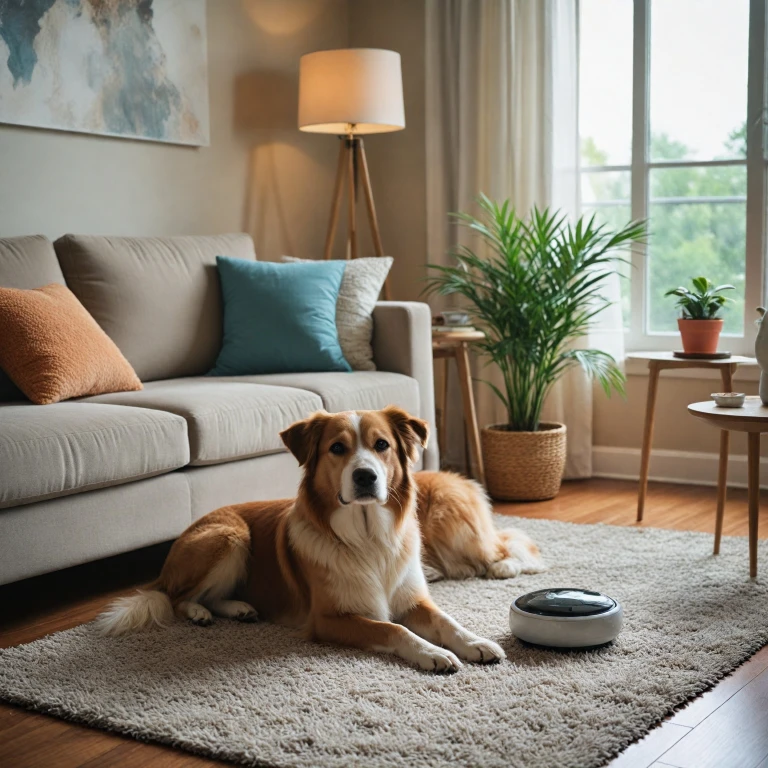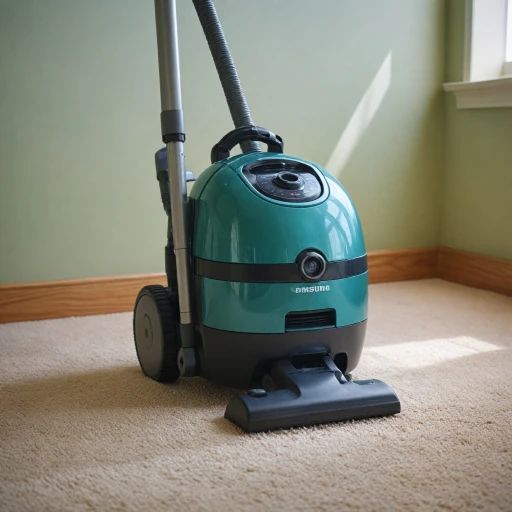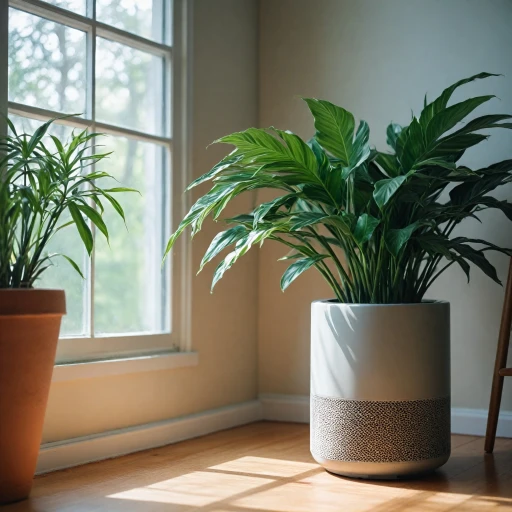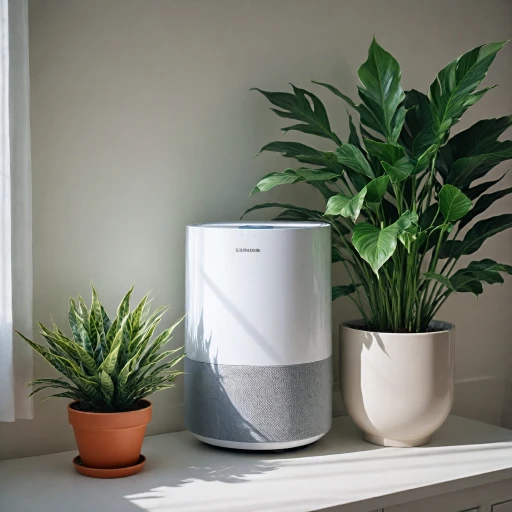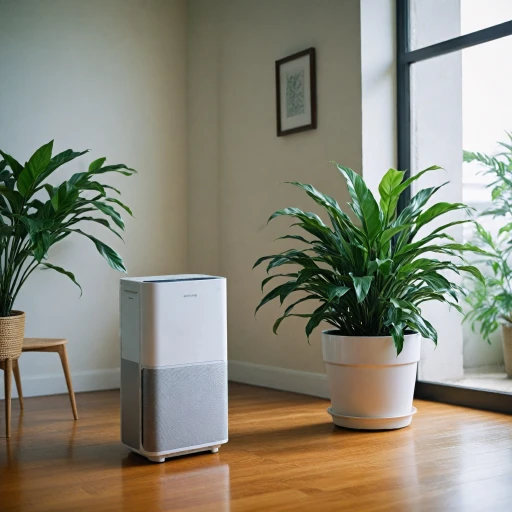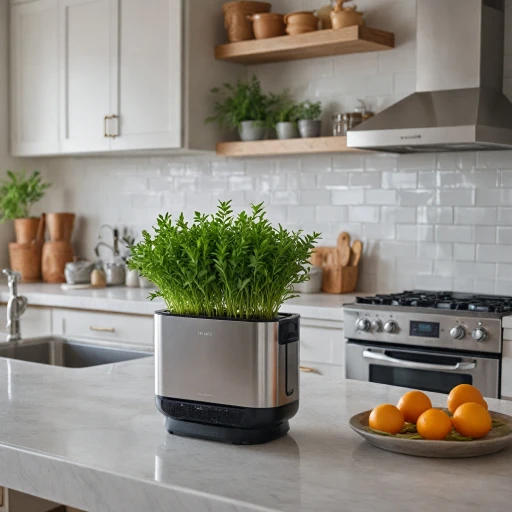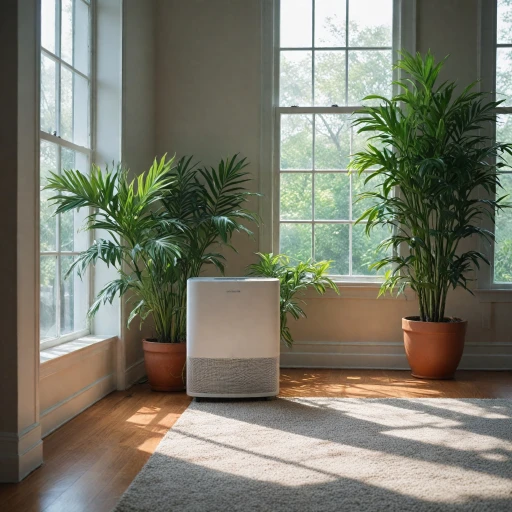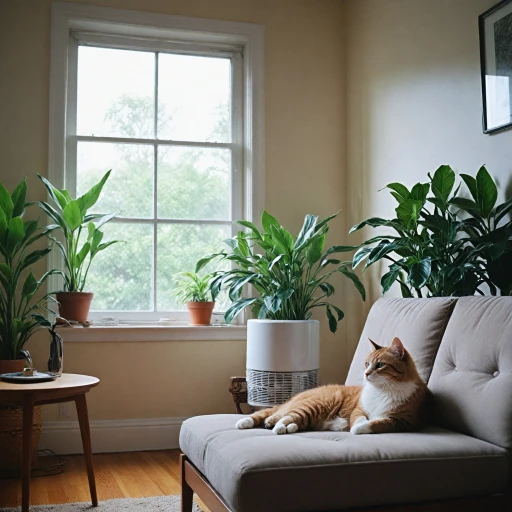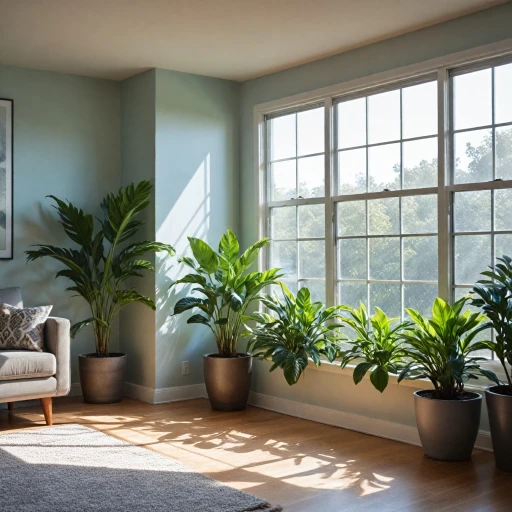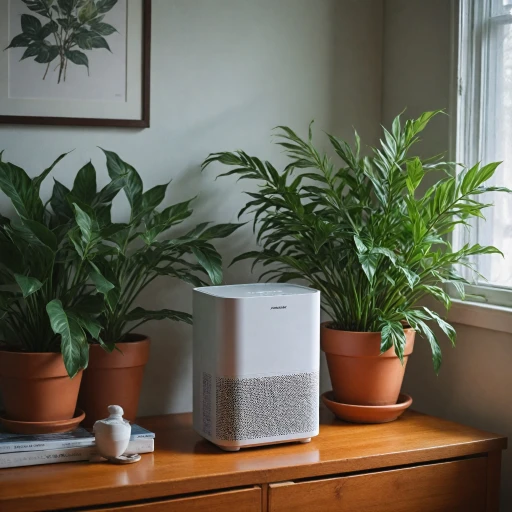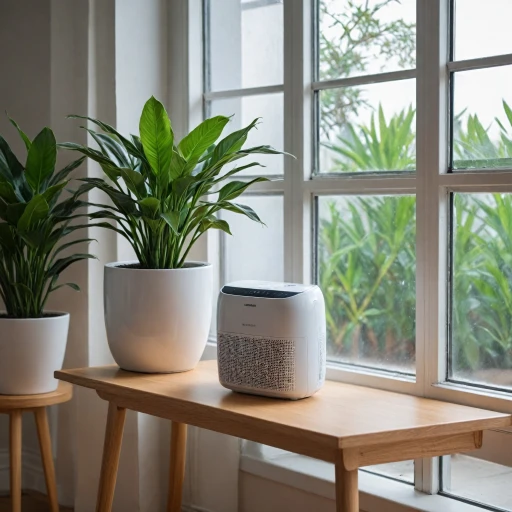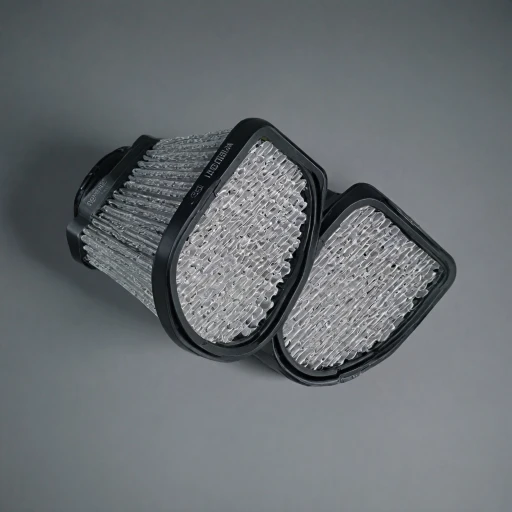
Understanding the impact of dog hair on indoor air quality
The Relationship Between Dog Hair and Airborne Particles
Managing dog hair indoors isn't just about keeping your home looking tidy, it's also a matter of improving air quality. Dog hair can trap a range of substances that may affect your indoor environment, such as pet dander, dust, and even pollen. As these particles become airborne, they can reduce the quality of air in your home, potentially impacting respiratory health, especially for those with allergies.Challenges of Dog Hair for Air Purifiers
Air purifiers are a crucial tool in combating the presence of dog hair and related airborne particles. However, not every air purifier is designed to handle pet hair efficiently. Recognizing the impact of pet hair on filtration systems is essential in selecting the right device, which means understanding how different filters, such as HEPA filters and carbon filters, work to capture pet dander, hair, and odors.Impact on Air Quality and Health
Dog hair and associated particles can linger in the air of your room, contributing to poor air quality. This is particularly concerning for individuals with pet allergies or asthma, as continuous exposure can cause symptoms to flare up. Investing in a high-quality air purifier with effective, layered filtration systems is a proactive step in maintaining a clean air environment, ensuring that pet owners can coexist with their furry friends without compromising on indoor air quality. The benefits of having an air purifier become evident when it efficiently removes particles, dander, and odors. Interested pet owners might find additional insights into managing pet allergy relief.Key features to look for in an air purifier for dog hair
Features You'll Want in a Pet Hair-Focused Air Purifier
When it comes to choosing an air purifier to tackle pet hair, dander, and odors, several key features should be prioritized to ensure the equipment effectively enhances indoor air quality. Here's a breakdown of what to consider:- HEPA Filter: A true HEPA filter is crucial. It efficiently traps tiny airborne particles, including pet dander, ensuring clean air circulation within your room.
- Activated Carbon Element: Select purifiers equipped with an activated carbon filter, which excels at removing pet odors. This layer complements HEPA technology by neutralizing smells in addition to capturing particles.
- Pre-Filters: Pre-filters are essential for capturing larger hair strands and lint before they reach the HEPA filter. This prolongs the main filter's lifespan and enhances overall efficiency.
- Filtration Technology: Devices with layered filtration technology, such as multi-stage filters, offer comprehensive air cleaning—perfect for combatting the presence of fur and other pollutants.
- Noise Level: Consider the purifier's noise level, especially if you’re sensitive to sound. Some models, like the Levoit Core series, are designed to operate quietly, making them ideal for living areas or bedrooms.
- Room Size Capacity: Check the model’s capacity to ensure it can effectively purify the air in the size of your room. Larger spaces might require a more robust unit.
Top air purifier models for pet owners
Highly-Recommended Air Purifiers for Pet Owners
When it comes to choosing the best air purifier for managing dog hair and improving air quality in your home, certain models stand out among the rest. These purifiers not only capture hair but also effectively deal with dander and odors. Consider these top picks that have proven to be effective in homes with pets.
- Levoit Core 300: Known for its compact design and quiet operation, the Levoit Core 300 packs a powerful punch when it comes to filtering pet hair and dander. Its true HEPA filter captures up to 99.97% of airborne particles, including very fine pet hair, while the activated carbon filter minimizes pet odors.
- Winix HR900: Designed specifically for households with pets, this model offers a comprehensive filtration system. With five stages of filtration, including a washable pre-filter and an advanced odor control carbon filter, the Winix HR900 deals effectively with pet hair, dander, and odors.
- Honeywell HPA300: This high-capacity air purifier is suitable for larger rooms, ensuring clean air even in spacious living areas. Its true HEPA filters handle pet dander and other airborne particles efficiently, while also reducing pet-related odors.
- Rabbit Air MinusA2: Known for its customizable filters, the Rabbit Air MinusA2 offers a pet-specific filter option designed to target dander and pet-related allergens. Its ultra-quiet operation makes it ideal for any room in the house.
Investing in a top-tier air purifier like these options ensures you maintain high air quality and a comfortable living environment for both you and your pet. For guidance on filtration technology and selecting the right model, explore our detailed blog on enhancing indoor air quality with a whole house HEPA filter. By making informed choices, you can keep your home fresh and reduce household allergens linked to pet hair and dander.
How to maintain your air purifier for optimal performance
Maintaining Your Air Purifier for Best Results
To ensure that your air purifier keeps the air in your home as clean as possible, especially for pet owners battling dog hair, regular maintenance is key. Proper upkeep not only maintains performance but can also extend the lifespan of the device.- Regularly Clean or Replace Filters: Depending on your air purifier model, the filters like HEPA, activated carbon, and pre-filters may need to be cleaned or replaced at different intervals. For example, HEPA filters are crucial for trapping pet dander and should be checked every few months. Refer to the manufacturer’s guidelines for exact intervals.
- Monitor the Noise Level: A sudden increase in noise might indicate that your filters are clogged or the unit is struggling. Keeping the air intake and output vents free from obstructions, like pet hair buildup, can prevent this.
- Clear Air Vents and Sensors: Pet owners should ensure that air vents and sensors are free from dust and pet hair, which could affect the air quality sensors' accuracy and the overall performance.
- Optimal Placement: Place your air purifier in a location where it can circulate air freely. Avoid placing it in corners or behind furniture. For those dealing with more significant amounts of pet hair, consider placing the purifier in the room where your dog spends the most time.
Additional tips for reducing dog hair in your home
Simple Tricks to Minimize Dog Hair Indoors
Keeping your home free from excessive dog hair can be a challenge, but there are efficient steps you can take to manage this persistent issue. By combining some straightforward practices with the right air purifier, you can successfully enhance the air quality in your living space.- Frequent Grooming: Regular grooming sessions for your dog go a long way in reducing the amount of hair shed in your home. A proper grooming routine not only makes your pet look more presentable but also minimizes the load on your air purifier’s filters.
- Vacuum Regularly: Investing in a vacuum cleaner with a HEPA filter can help significantly in collecting pet hair and dander before they become airborne particles. Cleaning carpets, sofas, and pet bedding frequently can lead to reduced reliance on your air purifier.
- Use Washable Pet Bedding: Regularly laundering your pet's bedding helps to eliminate accumulated hair and lessen the chances of it dispersing throughout the room.
- Establish 'Pet-Free' Zones: Designating specific areas in your home as pet-free zones can moderately help in maintaining air quality. This can limit shedding to confined areas where it is easier to manage.
- Enhance Ventilation: Regularly opening windows and doors can improve ventilation, which is helpful in dispersing pet odors and reducing pet hair density in the air. However, do so with caution to avoid compromising indoor air quality, especially if living near high-pollution areas.
Frequently asked questions about air purifiers and pet hair
Common Queries and Concerns
When looking for the best air purifier that tackles pet hair, prospective buyers often have a few lingering questions. Here are some frequently asked questions:
How effective are air purifiers for dealing with pet hair?
Air purifiers designed with features like a pre-filter can effectively capture pet hair and larger particles before they clog the main filter. This helps to maintain optimal air quality in rooms where pets like to lounge. The pre-filter captures hair and dander, prolonging the life of the HEPA filter.
Will an air purifier eliminate pet odors?
For controlling pet odors, look for air purifiers equipped with an activated carbon filter. These carbon filters are designed specifically to absorb odors and pet dander, leaving your room smelling fresh. Explore models that are specifically marketed for pet owners to ensure the best air quality improvement.
Are certain air purifiers too loud for homes?
Noise level is an important consideration, especially if your pet is sensitive to sound. Many purifiers operate at different settings, producing less noise at low-speed modes. Be sure to check noise ratings of models like Levoit Core, known for maintaining a balance between low noise levels and effective purification.
What maintenance do air purifiers require?
Regular maintenance is key for effective filtration. Frequent cleaning or replacement of filters is required to ensure the air purifier continues to remove airborne particles and pet dander effectively. HEPA filters and carbon filters typically need replacing every six to twelve months, but this can vary depending on usage and manufacturer recommendations.
Can air purifiers help with pet allergies?
Yes, air purifiers with advanced filtration technology, such as true HEPA filters, are very effective at removing microscopic particles from the air, including allergens like pet dander. This will likely provide relief for those with pet allergies.
